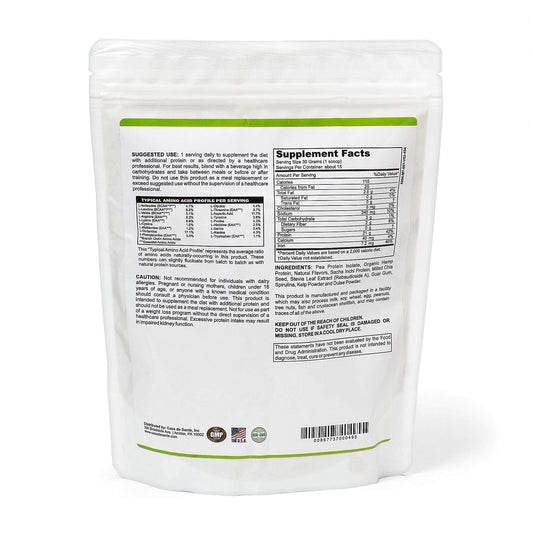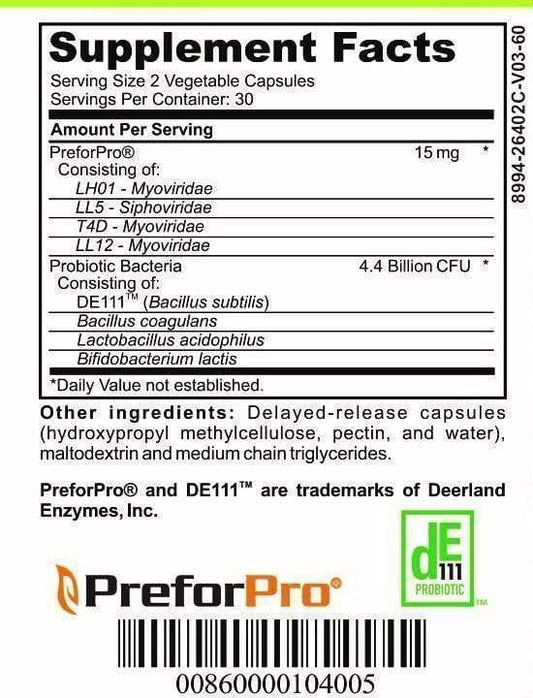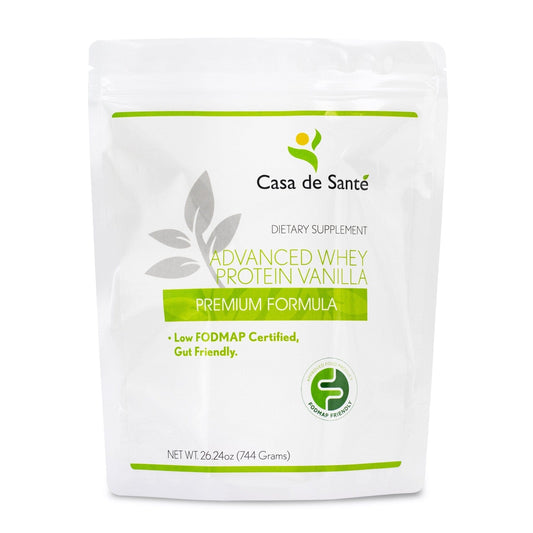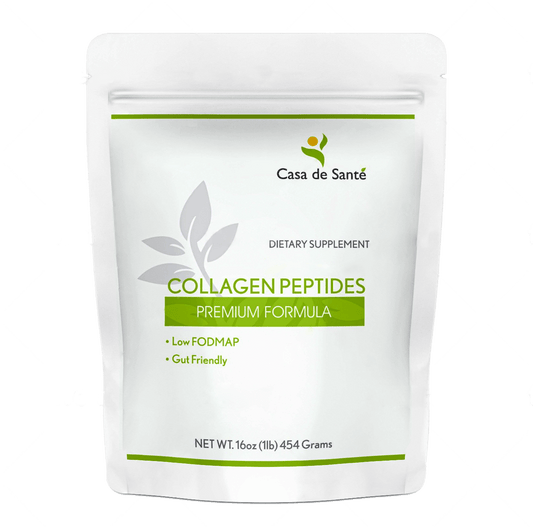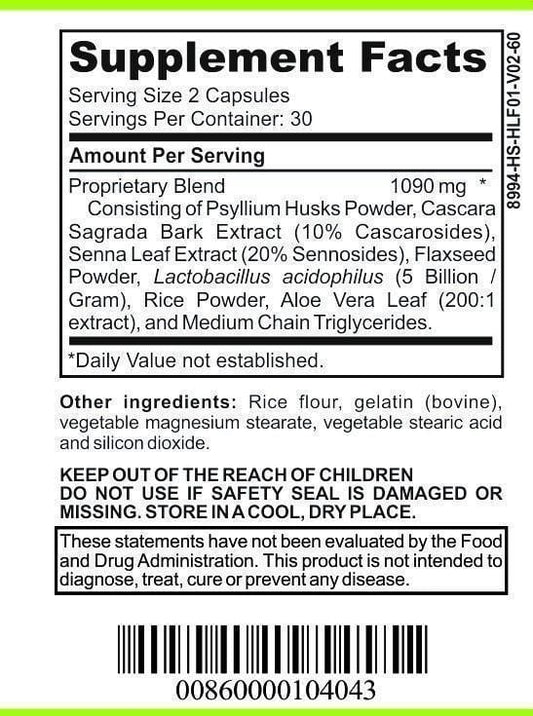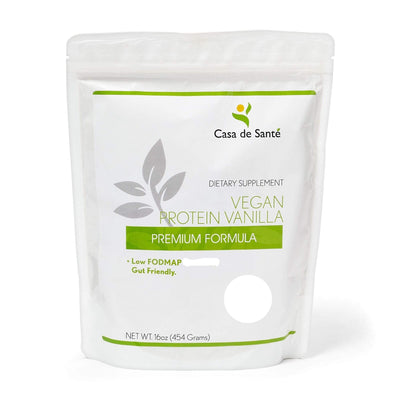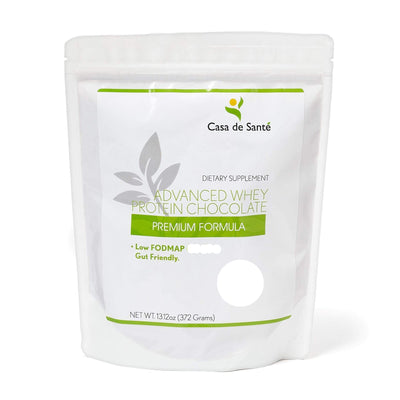Is Oatmeal Paleo
Is Oatmeal Paleo
Oatmeal has long been a staple breakfast option for countless people around the world. It is creamy, nutritious, and easy to prepare. However, for those following the Paleo diet, the inclusion of oatmeal can be a point of contention. The Paleo diet, also known as the "caveman diet," is based on the principles of eating like our ancestors did during the Paleolithic era. In this article, we will explore the question, "Is oatmeal Paleo?" and delve into the various arguments and considerations surrounding this grain.
Understanding the Paleo Diet
The first step in determining whether oatmeal is Paleo or not is to have a clear understanding of the Paleo diet itself. This dietary approach emphasizes consuming whole, unprocessed foods that are similar to what our ancestors would have eaten. It focuses on lean meats, fish, fruits, vegetables, nuts, and seeds. The Paleo diet seeks to eliminate or minimize the intake of processed foods, grains, legumes, dairy, and added sugars.
The Paleo diet is not just a modern fad; it is based on the eating patterns of our Paleolithic ancestors who lived thousands of years ago. During that time, humans relied on hunting and gathering for their food, consuming what nature provided. This diet is often referred to as the "caveman diet" or "Stone Age diet," as it reflects the food choices of our early ancestors.
Key Principles of the Paleo Diet
The Paleo diet is centered around several key principles. Firstly, it promotes the consumption of high-quality protein sources, such as grass-fed meats and wild-caught seafood, which are rich in essential nutrients. These protein sources not only provide the building blocks for our muscles and tissues but also contain important vitamins and minerals that support overall health.
Secondly, the Paleo diet encourages the consumption of a variety of fruits and vegetables. These plant-based foods are packed with vitamins, minerals, and fiber, which are essential for maintaining optimal health. By including a wide range of colorful fruits and vegetables in their diet, Paleo enthusiasts ensure they are getting a diverse array of nutrients.
Thirdly, healthy fats play a crucial role in the Paleo diet. Unlike many other diets that demonize fats, the Paleo diet recognizes the importance of including healthy fats in our meals. Fats derived from nuts, seeds, and oils like olive or coconut oil are highly valued in this eating plan. These fats provide energy, support brain function, and help with the absorption of fat-soluble vitamins.
Lastly, the Paleo diet recommends avoiding processed foods and refined sugars. Processed foods often contain artificial additives, preservatives, and unhealthy trans fats that can have detrimental effects on our health. By eliminating these foods from their diet, Paleo followers aim to reduce inflammation, improve digestion, and support overall well-being.
Foods to Include and Avoid in the Paleo Diet
When following the Paleo diet, there are specific foods to include and avoid. Approved foods include grass-fed meats, wild-caught fish, eggs, fruits, vegetables, nuts, seeds, and healthy oils. These foods provide a wide range of nutrients, including essential amino acids, vitamins, minerals, and antioxidants.
Grass-fed meats and wild-caught fish are preferred sources of protein in the Paleo diet. These animal products are not only rich in protein but also contain healthy fats like omega-3 fatty acids, which have been linked to numerous health benefits. Eggs are also a staple in the Paleo diet, providing a convenient and versatile source of protein and essential nutrients.
Fruits and vegetables are highly encouraged in the Paleo diet due to their nutrient density. These plant-based foods provide an abundance of vitamins, minerals, and fiber, while also offering natural sweetness and variety to meals. Nuts and seeds are another important component of the Paleo diet, as they provide healthy fats, protein, and a range of essential minerals.
On the other hand, eliminated foods in the Paleo diet include grains, legumes, dairy products, refined sugars, processed foods, and artificial additives. Grains and legumes, such as wheat, rice, corn, beans, and lentils, are excluded due to their high carbohydrate content and potential anti-nutrients. Dairy products are avoided because they contain lactose, a type of sugar, and may cause digestive issues for some individuals.
Refined sugars and processed foods are also off-limits in the Paleo diet. These foods are often high in empty calories, lacking essential nutrients, and can contribute to weight gain, inflammation, and various health problems. By eliminating these foods, Paleo followers aim to reduce their intake of added sugars and artificial ingredients, promoting a more natural and nutrient-dense eating pattern.
The Nutritional Profile of Oatmeal
Now that we have a solid understanding of the Paleo diet, let's take a closer look at the nutritional profile of oatmeal. Oatmeal is a type of porridge made from oats, which are whole grains. It is commonly consumed as a warm breakfast cereal and is often prepared with water or milk. Oats are a good source of dietary fiber, particularly a soluble fiber known as beta-glucan. They also contain various essential nutrients, including manganese, phosphorus, magnesium, and B vitamins.
Oatmeal has a rich history dating back thousands of years. The cultivation of oats can be traced back to ancient civilizations such as the Egyptians and Greeks. It was a staple food for many cultures, providing sustenance and nourishment. Oats were highly regarded for their nutritional value and were often used in traditional remedies to treat various ailments.
The process of making oatmeal involves milling the oats into different forms, such as rolled oats, steel-cut oats, or instant oats. Each form has its own unique texture and cooking time. Rolled oats are the most common type used for oatmeal, as they are quick to cook and have a softer texture. Steel-cut oats, on the other hand, have a chewier texture and take longer to cook, but they retain more of their natural flavor and nutrients.
Health Benefits of Oatmeal
Oatmeal offers several notable health benefits. Its high fiber content can help promote healthy digestion and manage blood sugar levels. The soluble fiber found in oats has been shown to help lower cholesterol levels and reduce the risk of heart disease. Oatmeal is also a good source of antioxidants, which have been associated with reduced inflammation and improved overall health. Additionally, oats are naturally gluten-free, making them suitable for individuals with gluten sensitivities or celiac disease who tolerate them well.
Furthermore, oatmeal is a versatile ingredient that can be customized to suit individual preferences and dietary needs. It can be topped with a variety of fruits, nuts, and seeds to enhance its nutritional value and add flavor. Adding ingredients like berries, bananas, or chopped nuts not only provides additional vitamins and minerals but also adds a delightful crunch and burst of flavor to each spoonful.
For those looking to incorporate more plant-based foods into their diet, oatmeal is an excellent choice. It is a vegan-friendly option that can be enjoyed by individuals following a plant-based or vegetarian lifestyle. Oatmeal can be cooked with plant-based milk alternatives, such as almond milk or coconut milk, to create a creamy and satisfying breakfast.
Potential Drawbacks of Consuming Oatmeal
While oatmeal has its merits, it also has potential drawbacks, particularly for those following a strict Paleo diet. Oats naturally contain an antinutrient called phytic acid, which can bind to certain minerals, such as iron and zinc, inhibiting their absorption in the body. This antinutrient can be a concern for individuals who rely heavily on oatmeal as a dietary staple. However, soaking or fermenting oats before consumption can help reduce the levels of phytic acid and improve mineral absorption.
Additionally, oatmeal is a carbohydrate-rich food, which may not be suitable for those following a low-carb approach. While carbohydrates are an essential macronutrient and provide energy, individuals on low-carb diets may prefer to limit their intake of grains, including oats. However, it's important to note that not all carbohydrates are created equal, and the complex carbohydrates found in oats provide a slow and steady release of energy, making oatmeal a satisfying and nourishing choice for many.
In conclusion, oatmeal is a nutritious and versatile food that offers a range of health benefits. Its high fiber content, antioxidants, and essential nutrients make it a valuable addition to a balanced diet. However, it's important to consider individual dietary needs and preferences when incorporating oatmeal into a meal plan. Whether enjoyed as a warm bowl of porridge or used as an ingredient in baked goods, oatmeal can be a delicious and wholesome option for breakfast or any time of the day.
Debating Oatmeal's Place in the Paleo Diet
Now that we have examined both the Paleo diet principles and the nutritional aspects of oatmeal, it's time to dive into the debates surrounding oatmeal's compatibility with the Paleo diet. This topic has sparked discussions among nutrition experts and enthusiasts alike, with arguments both in favor of and against oatmeal being considered Paleo-friendly.
Arguments for Oatmeal Being Paleo
Proponents of oatmeal being Paleo argue that oats have been consumed since ancient times, including by our hunter-gatherer ancestors. They emphasize that some individuals tolerate oats well, and that oatmeal provides a hearty and satisfying breakfast option that aligns with the principles of the Paleo diet. Additionally, they point to the fiber and nutrient content of oats, noting their potential health benefits.
Arguments Against Oatmeal Being Paleo
On the other side of the debate, skeptics argue that oatmeal is not a true "Paleo" food due to its processing and limited nutrient availability. They contend that our Paleolithic ancestors did not have the tools or processes necessary to turn raw oats into oatmeal. Furthermore, they express concerns about the potential anti-nutrient content and the impact of oats on blood sugar levels, particularly for individuals with insulin resistance or metabolic issues.
The Impact of Processing on Oatmeal's Paleo Status
Another aspect to consider when discussing oatmeal's place in the Paleo diet is the impact of processing. Oats undergo various levels of processing before they become the familiar oatmeal we find on store shelves. The extent of processing can affect the nutritional value and potential compatibility with the Paleo diet.
Different Types of Oatmeal and Their Processing Levels
Oatmeal is available in different forms, including steel-cut oats, rolled oats, quick oats, and instant oats. Steel-cut oats, also known as Irish oats, are the least processed and consist of whole oat groats that have been chopped into smaller pieces. Rolled oats are steamed and flattened, while quick oats are further processed by being pre-cooked and then rolled thinner. Instant oats are the most processed, as they are partially cooked and then finely chopped.
How Processing Affects Nutritional Value
The processing of oats affects their nutritional value. Steel-cut oats retain more of their natural texture and fiber, making them a less processed option. Rolled oats are slightly more processed but still provide a good amount of fiber. However, as the processing intensifies, including in quick oats and instant oats, the nutrient content, including fiber, may be reduced. Furthermore, instant oats often contain added sugars and artificial flavors, making them less desirable from a Paleo perspective.
Alternatives to Oatmeal on the Paleo Diet
If you are adhering strictly to the Paleo diet, there are various alternatives to consider that provide similar qualities to oatmeal without the potential conflicts. These alternatives offer a range of textures, flavors, and nutritional profiles, making them a worthy substitute for oatmeal on your Paleo breakfast menu.
Paleo-Friendly Grains and Seeds
Several grain-like seeds are compatible with the Paleo diet and can be used in place of oats. For example, chia seeds and flaxseeds provide a rich source of omega-3 fatty acids and fiber, which can add a desirable texture to your breakfast. Other options include quinoa, buckwheat, and amaranth, which are technically seeds but often categorized as grains due to their culinary and nutritional similarities.
Non-Grain Breakfast Options on the Paleo Diet
If you prefer to avoid grains altogether, there are numerous non-grain breakfast options that are Paleo-friendly. For instance, eggs are highly versatile and can be prepared in various ways, such as scrambled, boiled, or baked. You can also enjoy a protein-rich smoothie made with fruits, vegetables, and a quality protein powder. Another option is to indulge in a hearty omelet filled with vegetables and topped with avocado or your favorite Paleo sauce.
In conclusion, the question of whether oatmeal is Paleo is a complex one. While oatmeal does offer some nutritional benefits, its compatibility with the strict guidelines of the Paleo diet is a subject of debate. Considering the principles of the Paleo diet, the processing of oats, and the availability of alternative options, it ultimately comes down to individual preferences and tolerances. If you choose to include oatmeal in your Paleo lifestyle, opting for less processed varieties and moderating your consumption can be sensible approaches. However, if you prefer to adhere strictly to the Paleo diet, exploring the wide range of grain-free alternatives can provide you with satisfying breakfast options that align more closely with the principles of this dietary approach.


